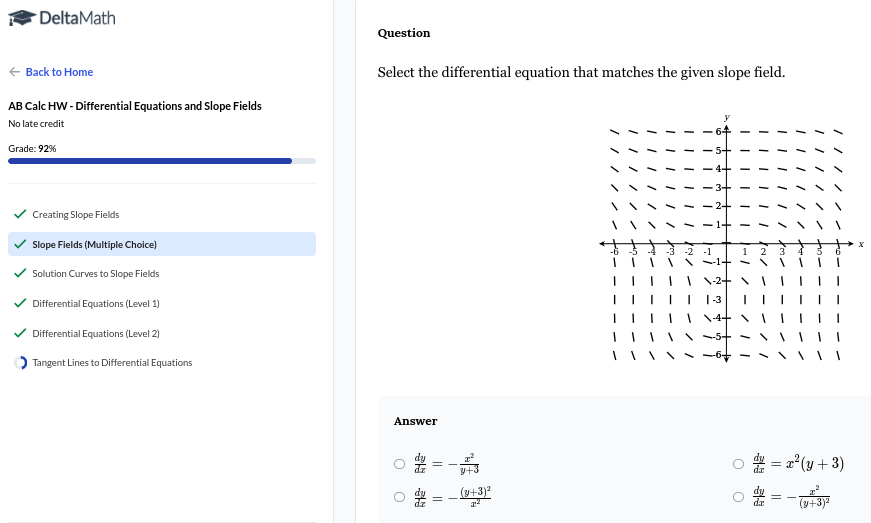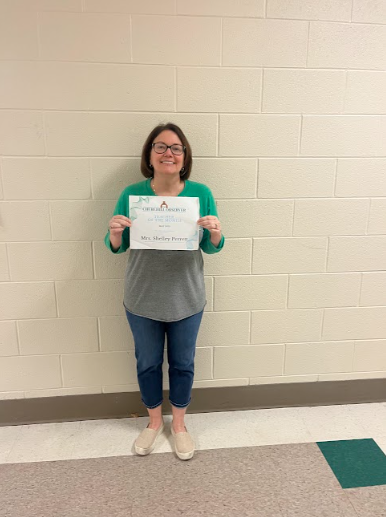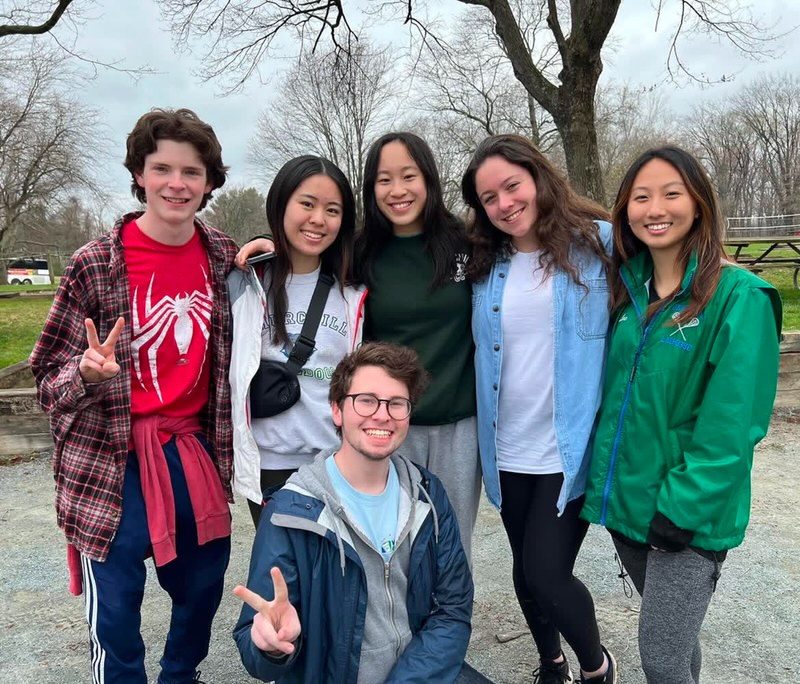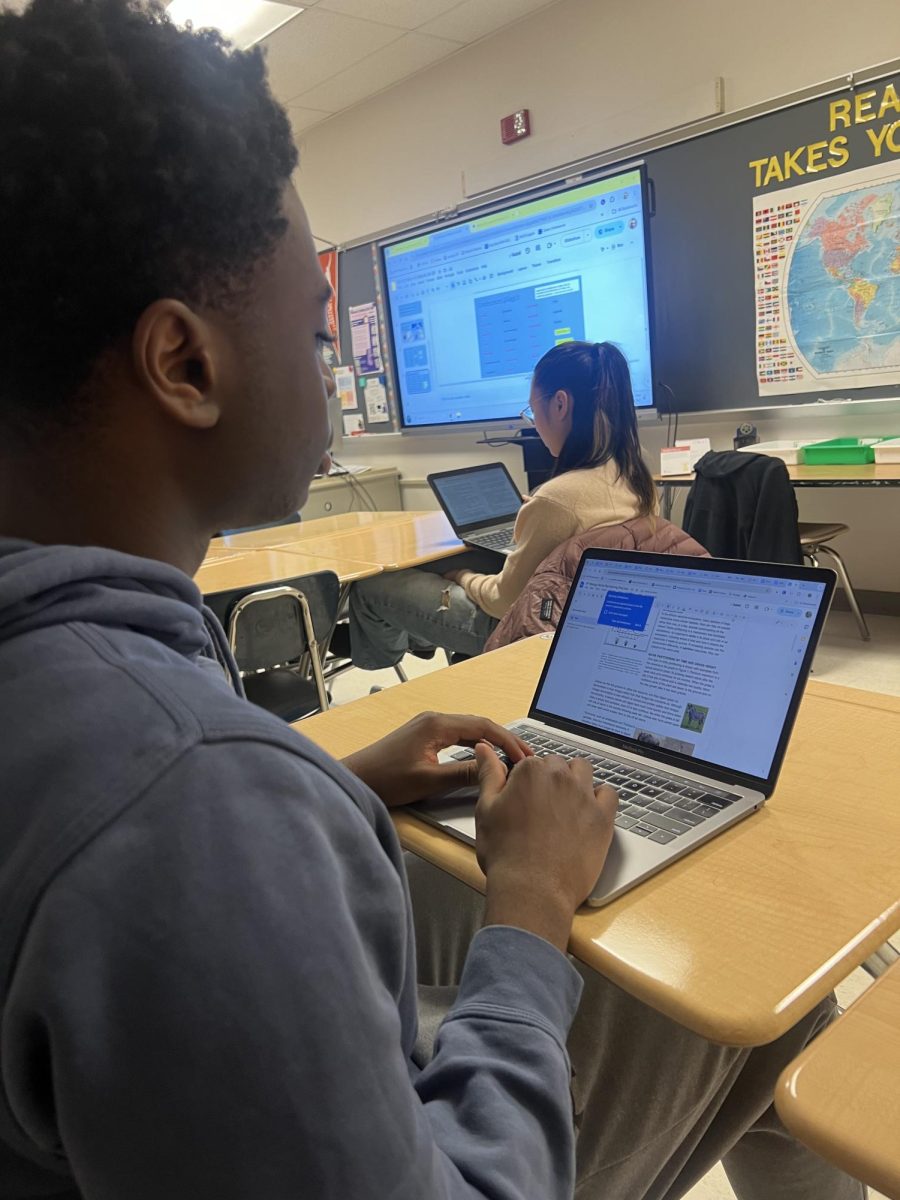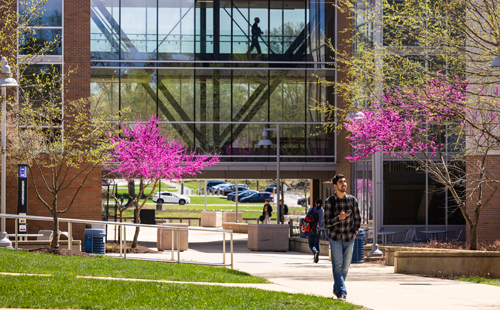On April 22, WCHS and MCPS students woke up to a day of asynchronous learning rather than a professional day that would have meant no school. For reasons many are still unsure of, MCPS sought to switch the day off into an asynchronous day. With this new change, many have debated the tradeoffs to an asynchronous day.
The trend of “hybrid” work has not only been growing in education but in the workforce as well. New technology, along with the forced distancing of COVID-19, has had enormous effects on both areas. According to USA Today, 41% of workers are at least part-time remote on a hybrid setup. This growth has also reached MCPS.
“Many of my peers and I think [the asynchronous day] is an experiment [to see] whether students will benefit from this type of learning,” WCHS freshman Inder Sharma said. “It is easier for the students than a regular day.”
While it is to be expected that students would rather stay at home and participate in an asynchronous day than a full day of school, there have been questions about whether asynchronous days are as helpful as they seem.
“I think the pandemic proved [that asynchronous days are] not very good for learning for most students,” WCHS math teacher Matthew Rafferty said. “I’m not clear on the rationale behind this decision.”
The similarity of asynchronous days to virtual learning during COVID-19 brings the same issues. Actual learning is minimal; there is little to no human interaction, while absences, tardies or lack of participation skyrockets. Teachers have worked to address these issues, but because the asynchronous learning was not for an extended period, many accepted the limitations and favored the change.
“I would enjoy having an asynchronous school day for a change of pace as the end of the school year approaches,” Sharma said. “Students can benefit from different types of learning.”
That said, some believe that the asynchronous form is a waste of a day and that a half-day could accomplish the same goal while giving students an afternoon off.
“I’d prefer to teach a [in-person] school day, as the learning loss [from an asynchronous day] is not insignificant,” Rafferty said. “Teaching from home is harder than in-person learning by far.”
There are mixed reviews and opinions on asynchronous learning days. Regardless of whether or not the asynchronous day was an experiment to observe how students learn or to make up for past snow days, students and teachers would like their voices to be heard when decisions for these types of days are made.
“I think students’ views depend on who they are,” Sharma said. “However, every student would like their opinions taken into account on these decisions.”


